How to make charcoal?
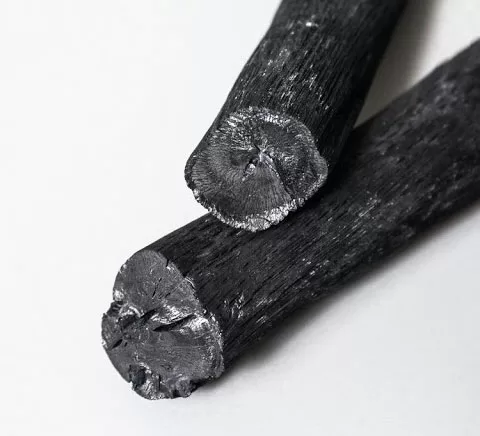
How charcoal is made
Charcoal is made from a tree branch (usually willow or European charcoal) charred in a closed vessel. It is used for drawing. It's the ideal tool for learning to draw and for sketching.
The use of charcoal dates back to prehistoric times, when it was used to contour shapes.
Artists such as Da Vinci, Delacroix, Degas, Goya and Seurat (among the most famous) used it for their studies. But it was Auguste Allongé, one of the masters of charcoal in the 19th century, who gave this art its letters of nobility by publishing a treatise on the subject in 1873, which was translated into several languages.
Ideal branches for charcoal
Making charcoal is extremely simple. The hardest part is choosing the right branch. Any wood can be used, but some, such as charcoal (of course), willow, ash or poplar, produce charcoal of excellent quality.
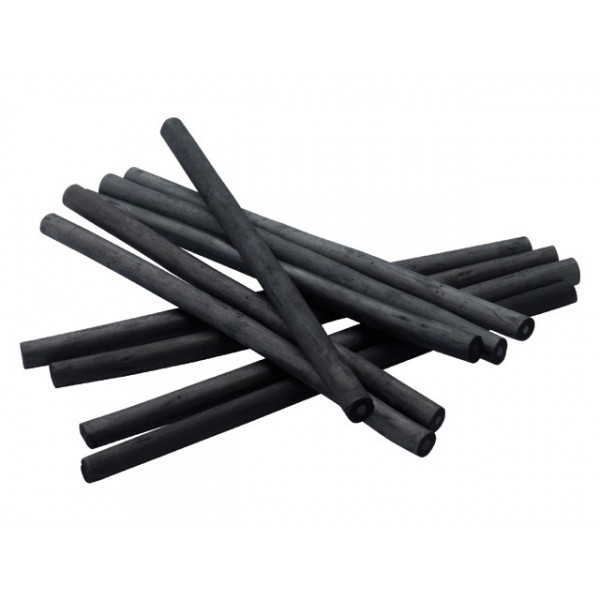
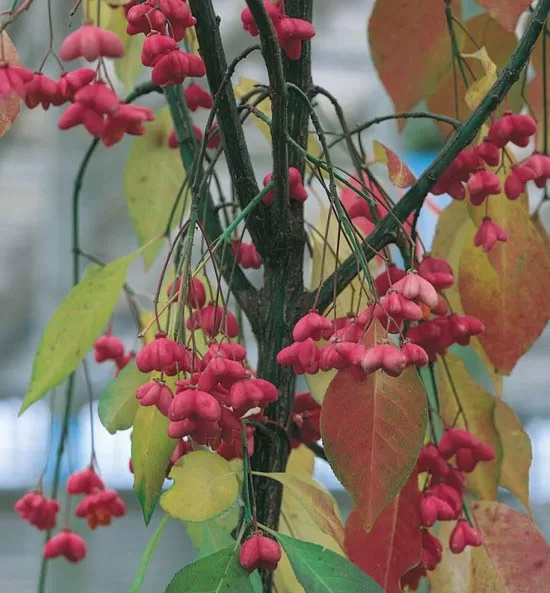
European charcoal
Also called priest's cap or bishop's cap. A very common shrub in France.
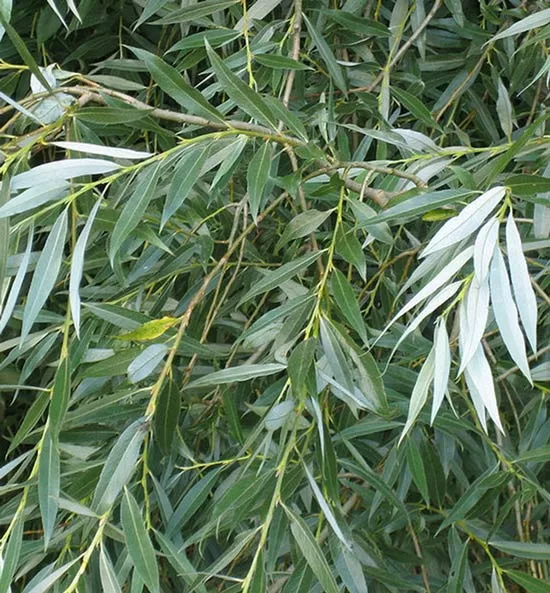
Willow
The willow is a widespread tree in Europe. There are over 360 different species.

Ash
The ash tree can be recognized by its large black buds. There are some sixty species spread across much of Europe.
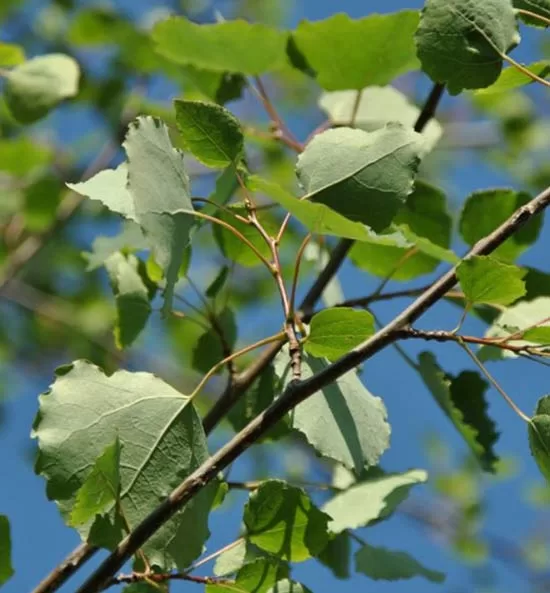
Poplar
There are 35 species of poplar. Found in temperate and cold regions of the northern hemisphere.
Recipe
Between 00:10 and 00:25 depending on diameter.
Easy
Cheap
IMPORTANT
Be aware that European charcoal branches are toxic. So, if you choose to make charcoal with this wood, remember to wash your hands thoroughly after manufacture.
Don't let children do this activity alone.
Avoid making charcoal on a windy day, as the can must maintain a constant heat throughout the manufacturing process!
N’utilisez pas de boîtes de conserve avec un revêtement plastique à l’intérieur !
Ingredients
- Green softwood branches of the same diameter (I recommend at least 0.5 cm in diameter, otherwise the charcoal will be too fragile).
Utensils
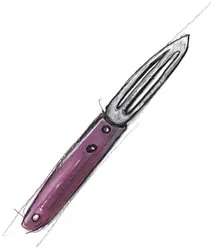
1 peeler
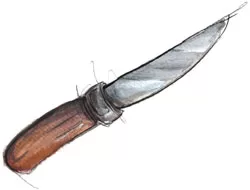
1 knife
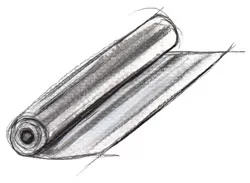
Aluminium foil

1 cloth or 1 potholder
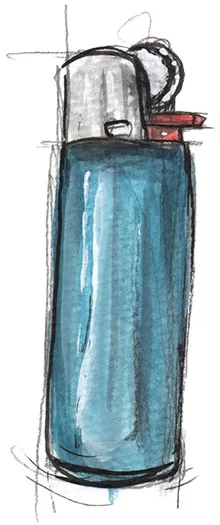
1 lighter
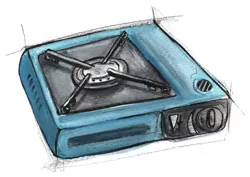
1 gas stove

1 tin can
Sans revêtement plastique intérieur
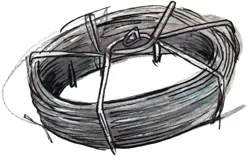
Wire
Preparation
Step 1
Cut several branches into pieces slightly smaller than the height of the can.

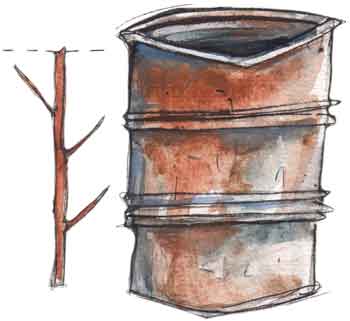
Step 2
Peel off the bark to reveal the clear part of the branch.

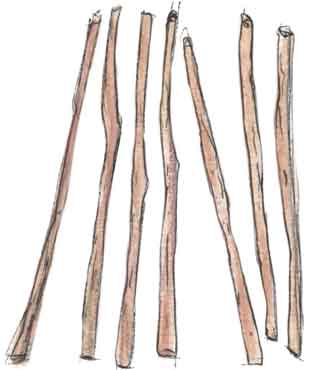
Step 3
Arrange the branches in the can.
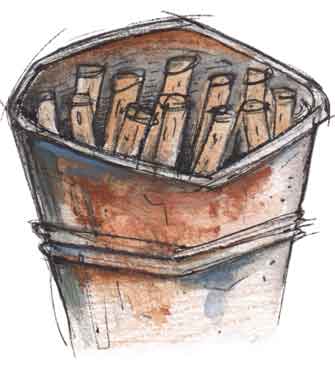
Step 4
Cover the entire top of the can with a sheet of aluminum foil, making sure the sides are tight.
Wrap the aluminum foil with wire and press it firmly against the can.
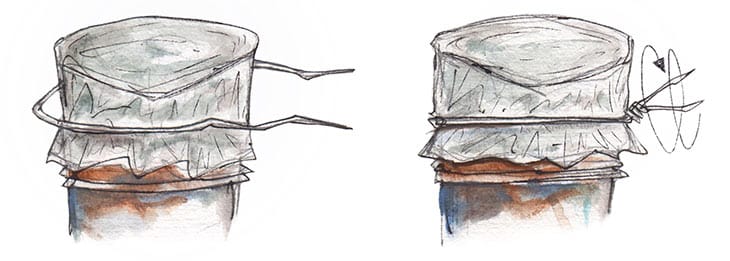
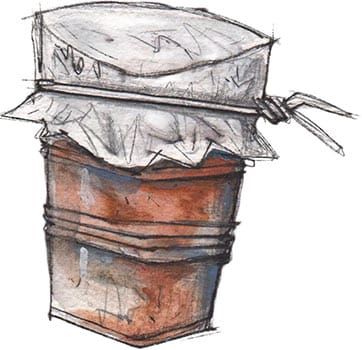
Step 5
Make a 0.5 cm hole in the center of the aluminum foil, using the tip of a knife or a small piece of wood.

Step 6
Turn on the gas stove and place the can on top.
Make sure that the aluminum foil does not come into contact with the flame.
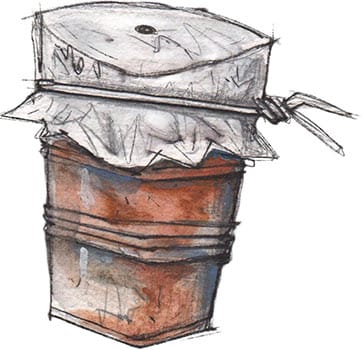

Step 7
Leave to heat for a few minutes.
To know when the charcoal is ready, light a lighter over the hole. A flame will form. When it goes out, your charcoal is ready.
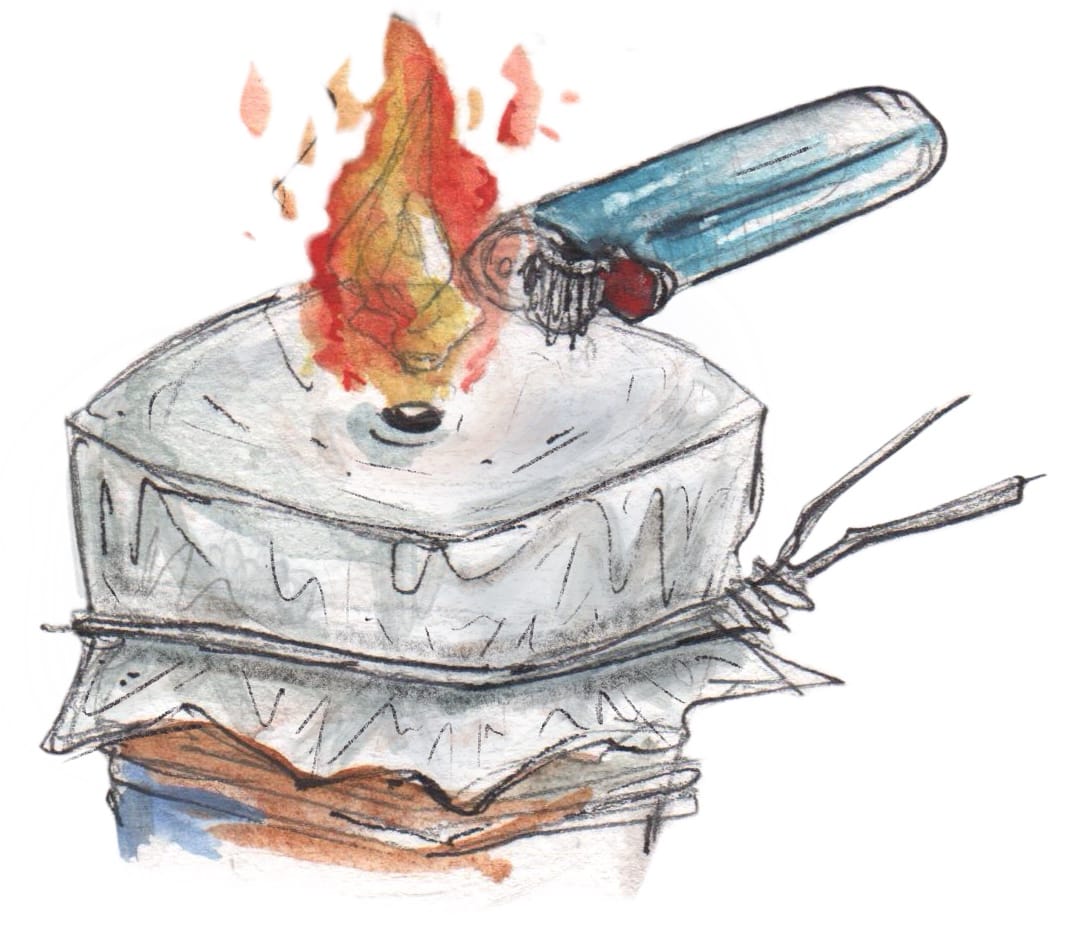
Step 8
Let the tin cool, then remove the charcoal.
You can use them immediately!
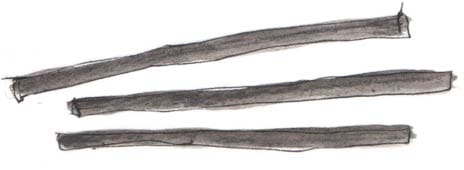
Share
And also :

Courses and workshops
During the year, I organize various workshops and courses to learn how to make your own paints.

Resources
I've collected websites and books dedicated to making paints, stains, inks and other artistic materials.
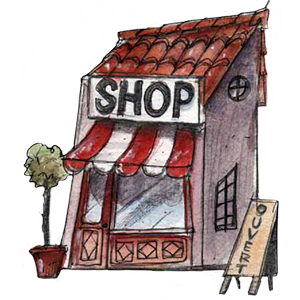
Store
I'm selling some of my creations.
Newsletter
If you sign up, you won't receive any spam from me, just one or two newsletters a month, no more.
- HOME
- ABOUT US
- MY WORKS
- MAKE YOUR OWN PAINTS
- How to make watercolours?
- How to make charcoal easily?
- How to make natural pigments easily?
- How to make dry pastels?
- How do I easily re-tension a canvas?
- How do I make black ink for calligraphy?
- Making lye with wood ash
- Making flour paint
- Making blue pigments with indigo
- Recipe for iron acetate (nail soup)
- Make soda crystals with baking soda.
- Madder lacquer recipe
- Gaude lacquer recipe
- Making gouache
- How to make walnut stain easily?
- How do I make calcium carbonate at home?
- How to make egg paint?
- WORKSHOPS / COURSES
- RESOURCES
- FORUM
- THE SHOP
- CONTACT

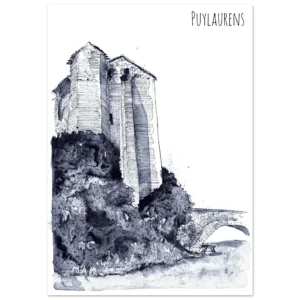

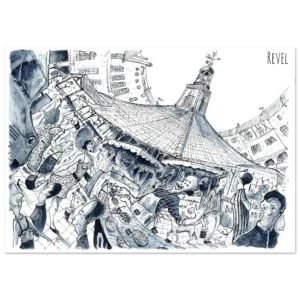


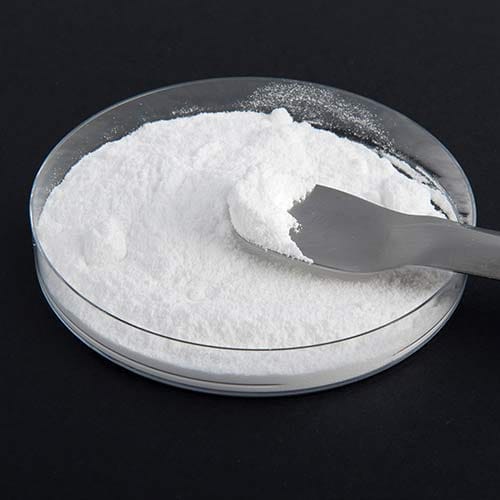
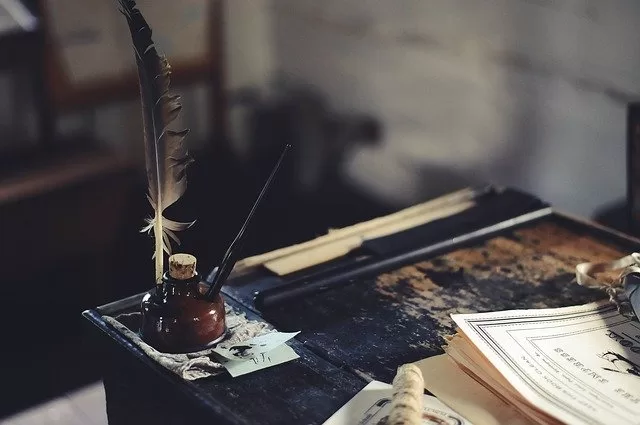


6 answers
Hello, thank you for this information 🙂 if we have an iron box that closes we use that rather than the whole process aluminum / wire?
Hello,
Yes, it'll work just fine too. You'll still have to drill a hole in the lid for it to work properly!
Hello,
Thank you for all these explanations! Your drawings are very pretty.
You say that charcoal is toxic and that you have to wash your hands. Is it also toxic to breathe in the smoke? I don't have a gas stove and would like to make my charcoal on the wood stove in my kitchen. Thanks
Hello,
I'm delighted you like my drawings.
Don't worry, charcoal is only toxic if ingested or brought into contact with the mouth. So it's important not to eat any of the fruit, and to avoid putting your hands to your mouth after touching the branches. I'm no botanist, but according to my research, it's highly unlikely that charcoal smoke is any more toxic than any other smoke. In any case, if you make your charcoal on your kitchen wood-burning stove, I strongly recommend that you open the windows, as it's not advisable to inhale fumes from any source.
Have a nice day!
Bonjour,
Les boîtes de conserves sont recouvertes à l’intérieur d’une pellicule plastique, est-ce un problème ? Merci
Hello,
Effectivement, c’est un problème ! Merci de l’avoir fait remarquer, je corrige cela immédiatement. Il est important d’utiliser une boîte de conserve sans revêtement plastique à l’intérieur.